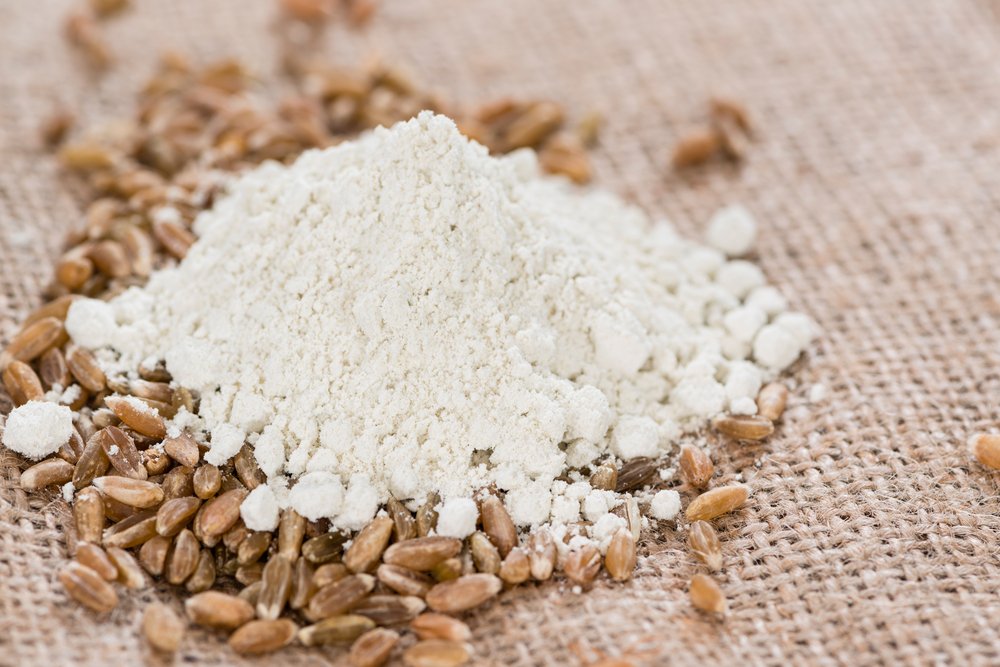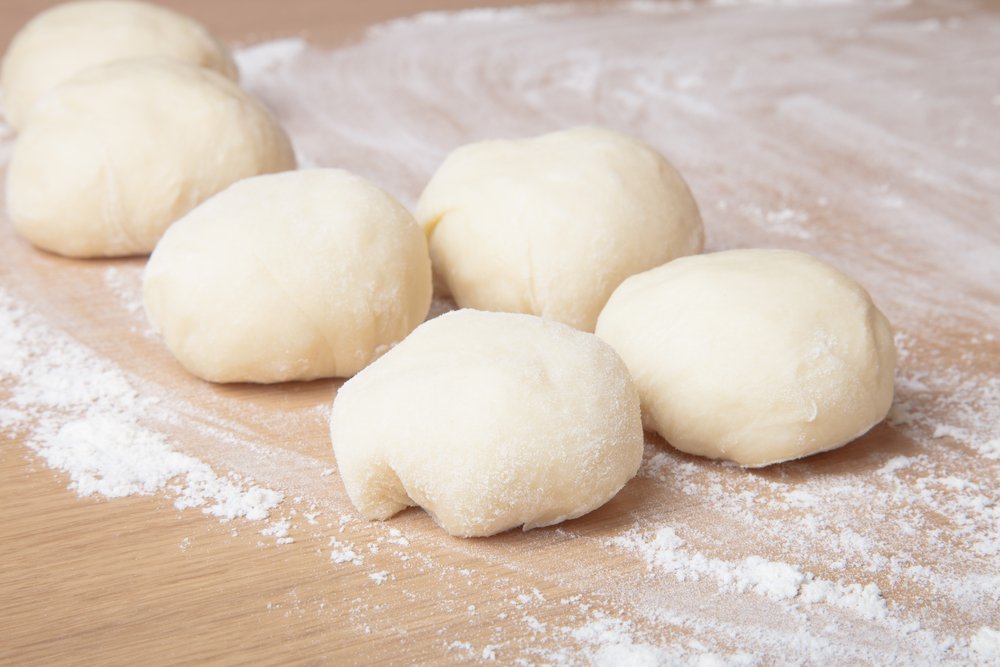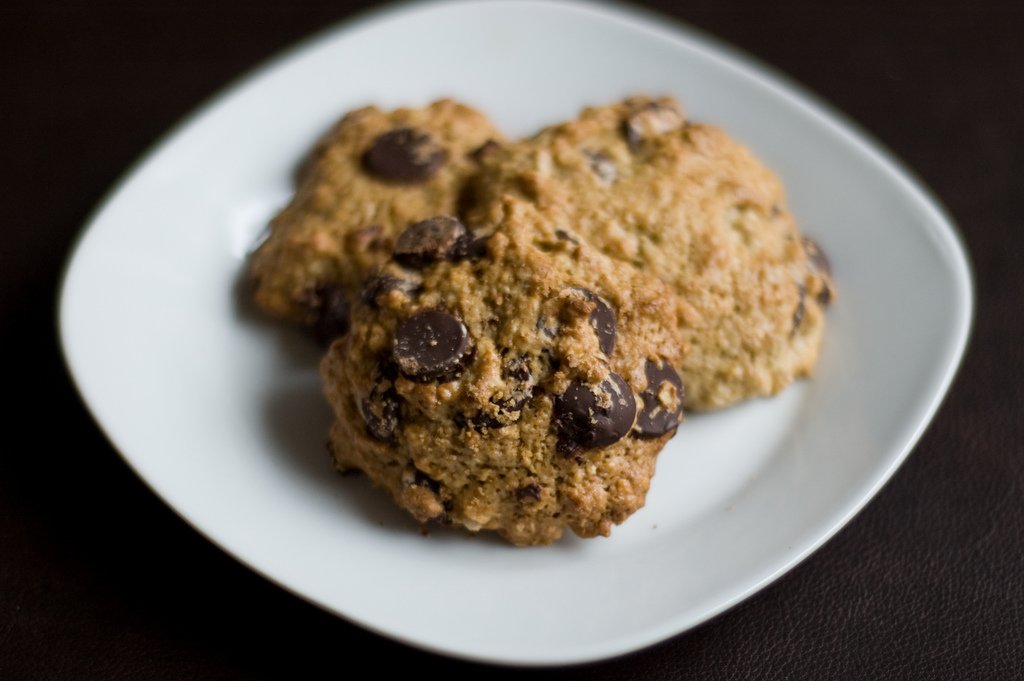Why Spelt Flour Is Worth a Try

If you go to your local health food store or even your local grocery store, you'll see many alternatives to wheat-based products. One alternative, spelt flour, has made quite a mark on supermarket shelves in recent years, and for good reason. Its nutty flavor, airy texture, and easy use has won the hearts of many. For this reason, we're spelling out spelt for you: what it is, its benefits, and how you can use it in your next meal.
What is Spelt?

In its original form, spelt has a light reddish-brown color and a nutty flavor. Despite it being a whole grain, it does not produce heavy products. Instead, it has a light and airy texture, similar to wheat.
An ancient grain, spelt is a member of the same family as wheat, barley, and rye. In fact, spelt has been cultivated by farmers since the Bronze Age. With the rise of industrial agriculture and efficient farming, wheat has become our grain of choice. However, spelt is resurfacing as a go-to health food.
Like its family members, spelt contains gluten, which is a protein that essentially acts like a glue to hold food, like bread, together. The gluten in spelt flour is a little more delicate than wheat gluten, so you want to pay special attention when using spelt in your cooking and baking. It's important to know that spelt is not a gluten-free flour, and it may cause discomfort or allergic reactions in those who have celiac disease or a gluten intolerance.
Health Benefits of Spelt

Spelt is much more difficult to process than wheat. It requires dehulling and dehusking; however, the glume that surrounds the spelt kernels helps protect and retain nutrients. That said, spelt's added health benefits mean it's worth it. Spelt is a good source of dietary fiber, protein (which it contains more of than common wheat), and vitamins and minerals.
This grain is also more water-soluble than wheat, which makes it easier for the body to digest. Due to the many minerals and vitamins spelt contains, it can help regulate metabolism, increase circulation, improve the immune system, lower blood sugar, and reduce bad cholesterol levels.
Tips and Tricks

Because spelt has different properties than other grains, it behaves a little differently in recipes. Here are a few tips and tricks to help you incorporate this flour into your everyday cooking and baking.
- To start, try using a 50:50 ratio. If your recipe calls for one cup of flour, use half a cup of all-purpose flour and half a cup of spelt flour. The more you work with spelt, the more you can play with that ratio.
- Because spelt does not soak up as much liquid as other grains, try reducing the amount of liquid to keep your dough from getting too sticky. The other option is to add in extra flour.
- Be careful not to under-mix or over-mix your dough. If your dough is under-mixed, it will be crumbly; if your dough is over-mixed, the protein strands break down. A good rule is to mix the dough for approximately four minutes.
- Uncooked spelt can keep for approximately six months when placed in a cool, dry place. In the fridge, it can last for one year.
Spelt Flour Recipes

For any recipe that uses wheat flour, you can substitute in spelt flour. Because it contains a fair amount of gluten, spelt can be used in products like bread, cake, and cookies. To inspire your next baking session, we have a few ideas to get you started.
- Looking for a snack? Try making these tasty chocolate chip cookies.
- For breakfast, substitute spelt flour in place of wheat flour in this quinoa pancakes recipe.
- You can also use spelt flour in a healthy and delicious fruit cake for dessert.
Photos: HandmadePictures / Shutterstock.com, blumenbiene, sk8geek, Abendglanz, Strannik_fox / Shutterstock.com, hlkljgk
Healthy Eating
- Healthy Snacks
- Healthy Meals
- Healthy Recipes
- Sports Nutrition
- Nutrition and Special Diets
- 21 Day Fix
- 5 Popular Diet Similarities
- Alkaline Diet
- Anti-Inflammatory Diet
- Calorie Counting
- Carb Cycling Diet
- Celiac Disease
- Cholesterol
- Clean Eating
- Crohn's Disease
- DASH Diet
- Detox Diet
- Diabetes
- Diabetes Diet
- Diet Pill Dangers
- Fat Burning Foods
- Gluten-free Diet
- Glycemic Index
- Heart Health
- High Blood Pressure Diet
- High Fiber Foods
- How to Eat Healthy
- How to Lower Blood Pressure
- Hypertension
- IBS Diet
- Ketogenic Diet
- Liquid Diet
- Low GI Foods
- Low-Carb Diet and Foods
- Low-Fat High-Carb Diet
- Mediterranean Diet
- Mediterranean Diet Foods
- Military Diet
- Nutrition Labels Explained
- Paleo Diet
- Raw Food Diet
- Superfoods
- Sustainable Weight Loss
- Thrive Diet
- Vegan Diet
- Vegetarian Diet
- Weight Loss Shakes
- Whole30
- Vitamins, Minerals & Nutrients
